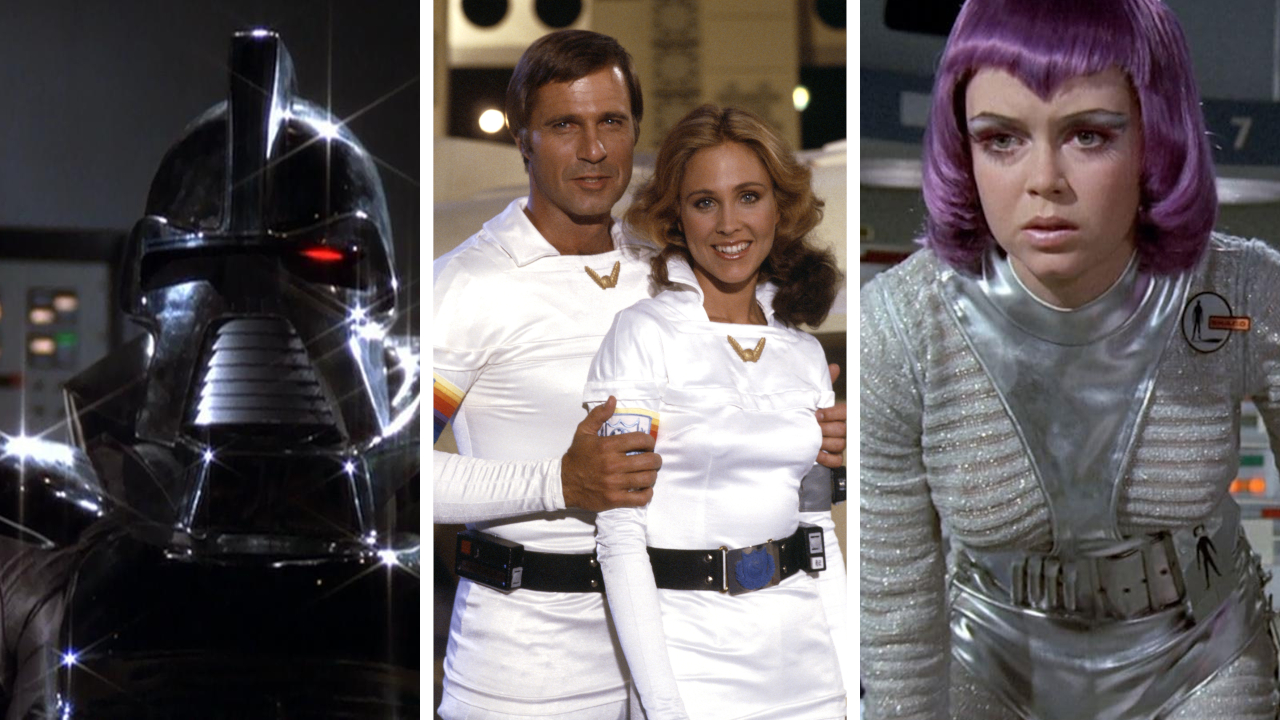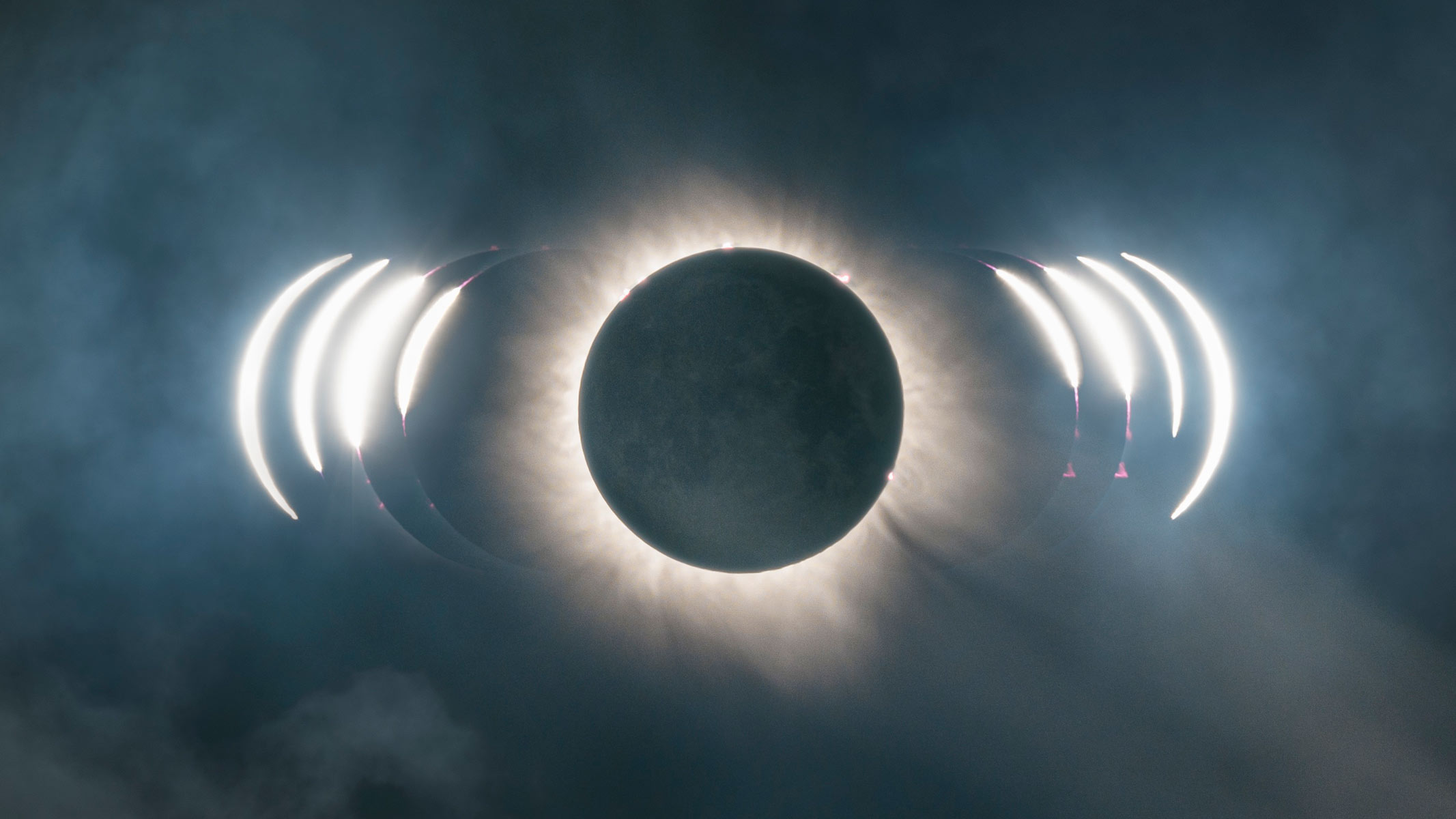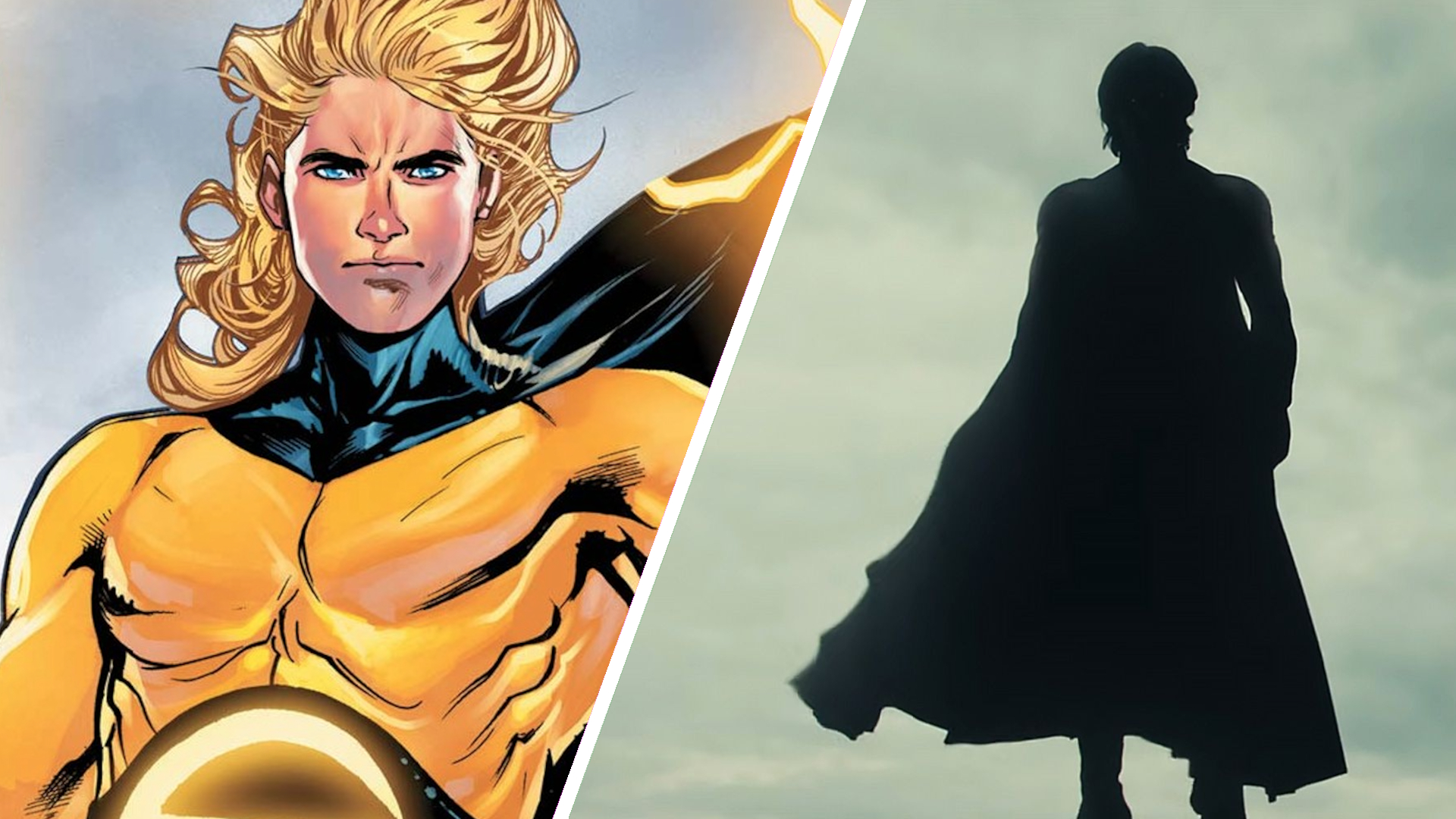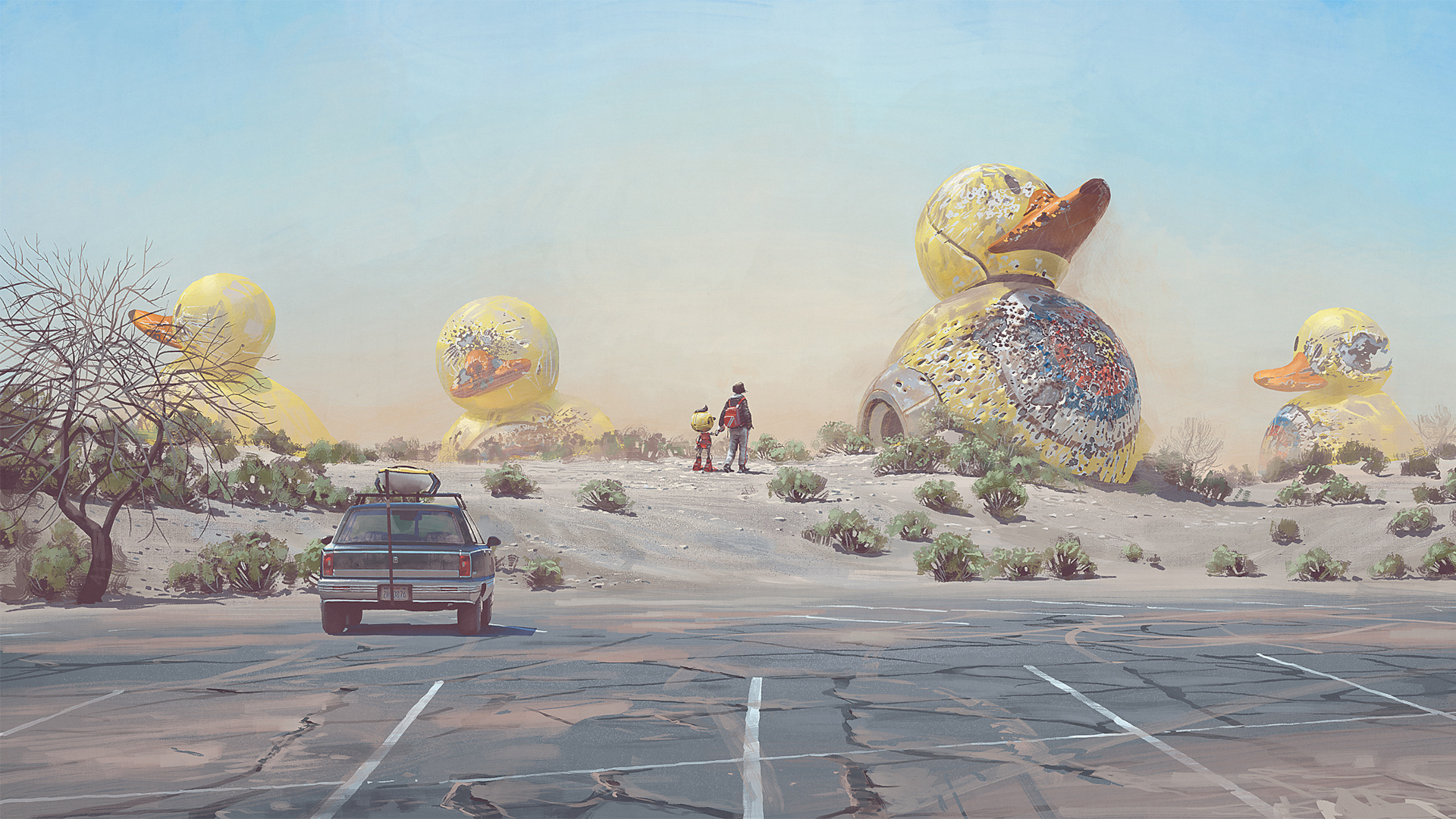Horsehead Nebula: Well-known Object is Hard to Find
One of the best-known objects in the sky, the Horsehead Nebula strikes a memorable figure, illuminated from behind by a larger cloud of charged gas. Heated by a nearby star, the gas and dust form the familiar shape of an equine head.
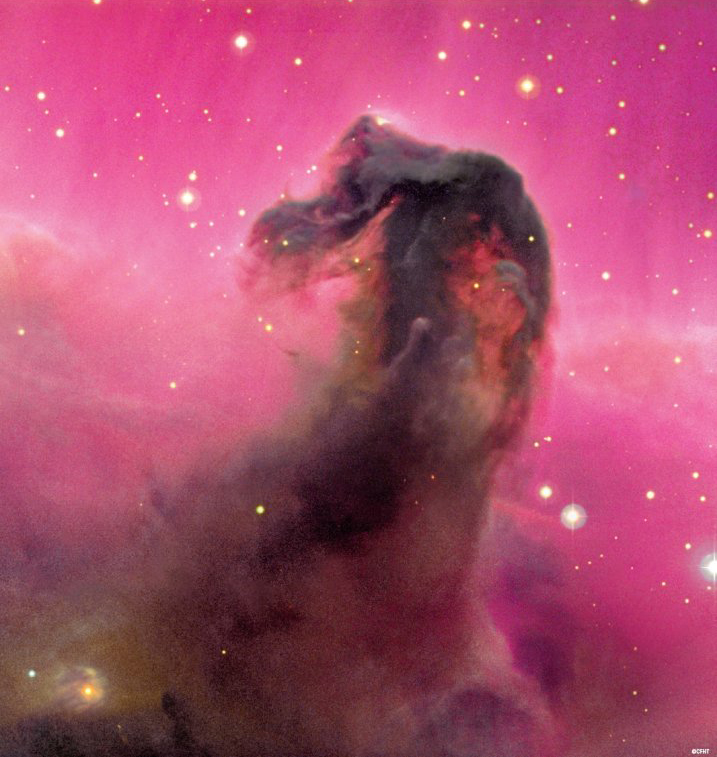
Sculpted gas
Lying 1,500 light-years from the sun, just south of the easternmost star in Orion's Belt, the Horsehead Nebula at first glance appears to be a distinctive hole cut in the vibrant backdrop of another nebula, IC 434. However, the darkness is actually a cloud of predominantly hydrogen gas that stands out because of the glow from the pinkish background gas. Known as an emission cloud, the intriguing shape of the nebula is sculpted by radiation from the stars around it. The dark gas extends below the more obvious horse's head into a shapeless blob beneath it. [GALLERY: Strange Nebula Shapes, What Do You See?]
On the eleventh anniversary of the Hubble Space Telescope, internet voters selected the Horsehead Nebula as a target to be imaged by the orbiting observer.
Discovery
Although most people know the distinctive cloud of gas as the Horsehead Nebula, its official name is Barnard 33, or B33. It was first imaged at Harvard College Observatory in 1888 on photographic plates.
Frustrated with his male assistants, astronomy professor Edward Pickering famously claimed that his maid could do a better job of identifying and cataloging the extensive collection of images taken at the observatory. He hired his maid, Williamina Fleming, along with several other women, who became known as "computers." Fleming proved Pickering's point. In addition to discovering the Horsehead Nebula, Fleming discovered 58 other gaseous nebulae, 10 novae, and more than 300 variable stars. She eventually became the first American woman to be elected an honorary member of the Royal Astronomical Society of London. [50 Fabulous Deep-Space Nebula Photos]
In 1894, American astronomer Edward Barnard photographed the distinctive nebula from the Lick Observatory in California, adding it to his list of dark nebula (and resulting in its official moniker). The first use of its fitting common name is lost in history.
Searching the sky
The Horsehead Nebula is a prime target for many amateur astronomers, despite the difficulty many have viewing it. Upgrades in technology have made observations easier with inexpensive equipment, but it can still be a challenge to pick out of the sky. Glare from a nearby star makes it difficult to spot, as does its small size. Despite the many challenges, the Horsehead Nebula makes for an enjoyable find for the amateur astronomer.
— Nola Taylor Redd
Further reading:
Join our Space Forums to keep talking space on the latest missions, night sky and more! And if you have a news tip, correction or comment, let us know at: community@space.com.
Get the Space.com Newsletter
Breaking space news, the latest updates on rocket launches, skywatching events and more!

Nola Taylor Tillman is a contributing writer for Space.com. She loves all things space and astronomy-related, and enjoys the opportunity to learn more. She has a Bachelor’s degree in English and Astrophysics from Agnes Scott college and served as an intern at Sky & Telescope magazine. In her free time, she homeschools her four children. Follow her on Twitter at @NolaTRedd


